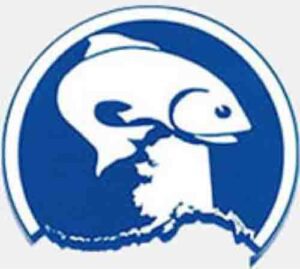
The North Pacific Fishery Management Council (NPFMC) on April 8 approved a lengthy revised list of alternatives for staff to analyze as part of a process where final action is still a year away.
As council member Andy Mezirow noted during the meeting, the analyzed document is expected to come back before the council in the fall and final action is expected in April 2025.
“This is not an action we are taking that will change anything,” said Mezirow, a charter vessel operator from Homer whose last council meeting before leaving office is set for June in Kodiak. “When the Board of Fisheries meets, they make a decision, but here it takes more time.
“How can we do a better job of communicating that?” Mezirow asked fellow council members. “Is there a better way of communicating we are doing something besides drinking lousy coffee and doing nothing?”
Due to the time the council spent hearing salmon bycatch testimony from dozens of people, including pollock trawl vessel operators and subsistence fishermen, the council removed from its agenda for the meeting an item reviewing area 4 vessel caps that would prevent large amount of individual fishing quota of halibut from being fished on only a few vessels.
The council has been wrestling for years over what it terms a “practicable solution” that is fair to trawlers harvesting pollock and residents of Yukon and Kuskokwim river villages who rely on fewer and fewer salmon for commercial and subsistence harvests and culturally significant events.
The council has heard many updates from the groundfish industry on research efforts to devise gear to catch directed harvests while keeping salmon out of their nets.
A major area of conflict is that a number of communities on the Lower Yukon benefit from Community Development Quota (CDQ) entities that allow Alaska Native-owned CDQs to benefit financially from partnerships with commercial processors catching large quantities of groundfish allocated to them annually by the NPFMC.
Primarily Alaska Native communities on the upper reaches of the Yukon are not part of the CDQ structure and derive no benefits from CDQs.
According to Craig Morris, CEO of the Genuine Alaska Pollock Producers, the estimated value of Alaska pollock in 2023 was $1,158 per metric ton. While GAPP does not independently track the number of people employed in the pollock industry, Morris said that NOAA Fisheries estimates that some 30,000 jobs in the U.S. are linked to the pollock harvest and processing.
